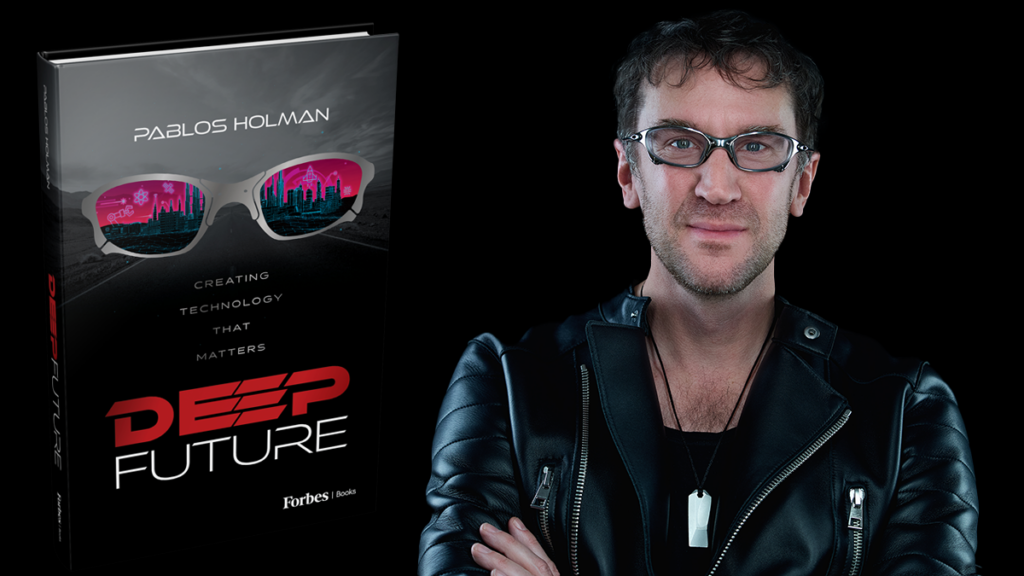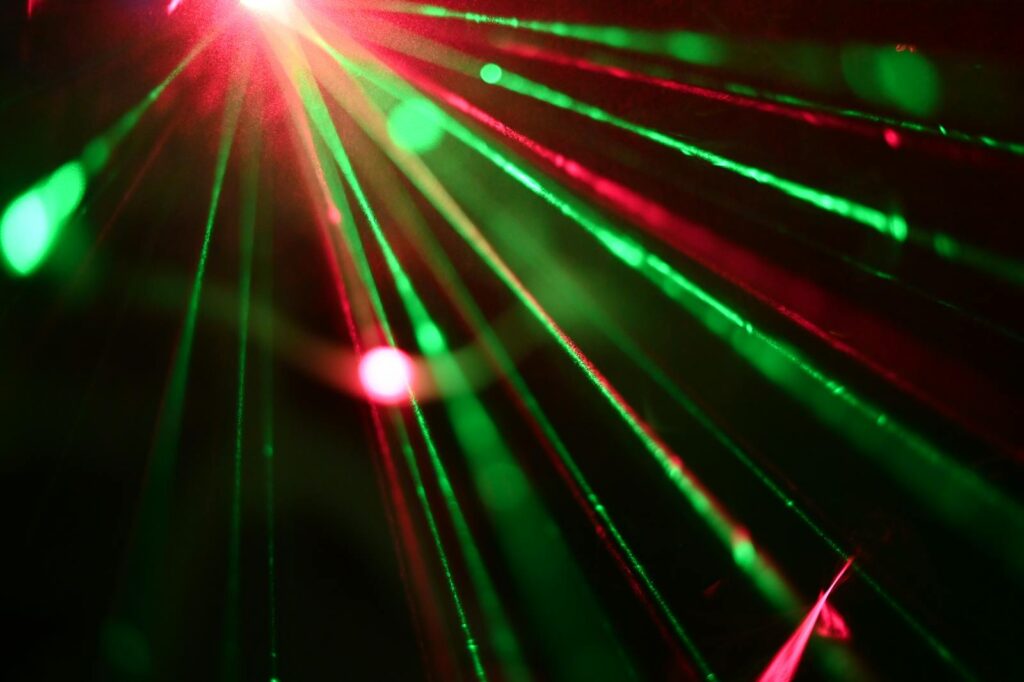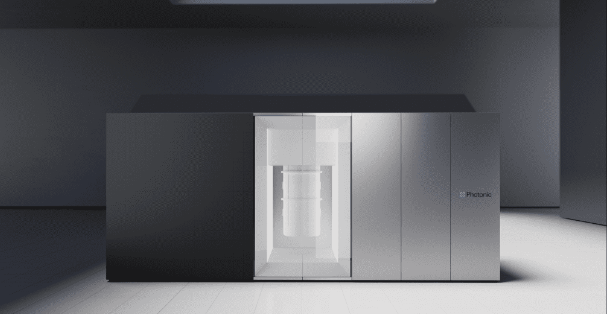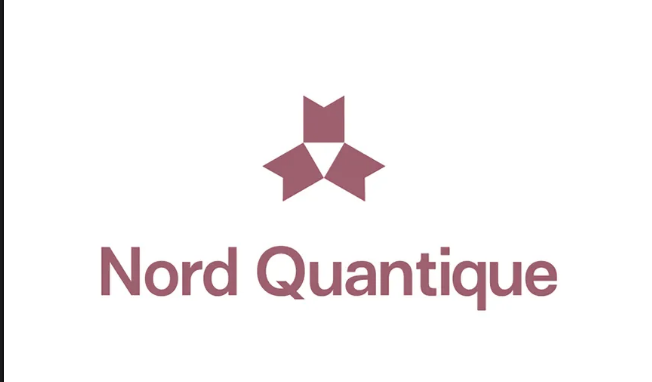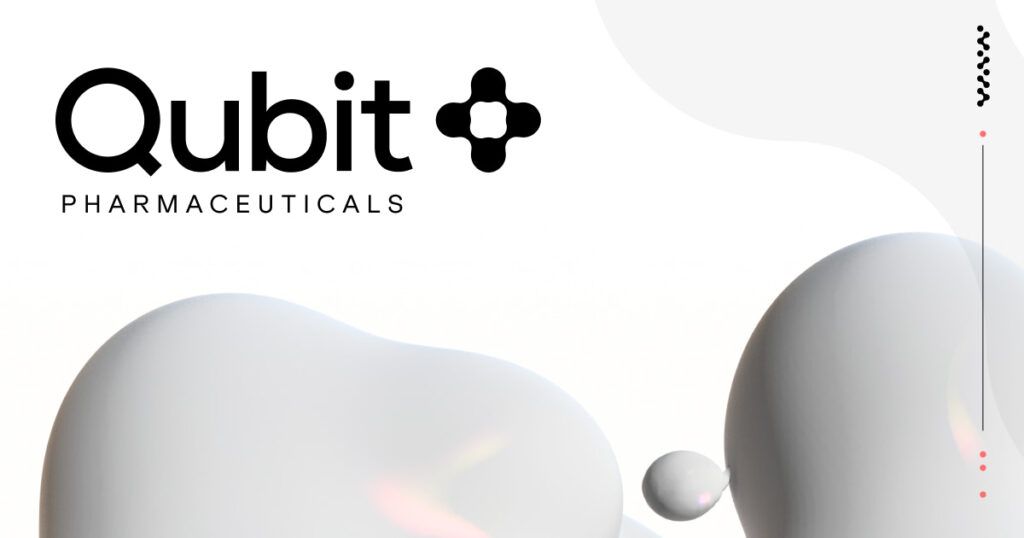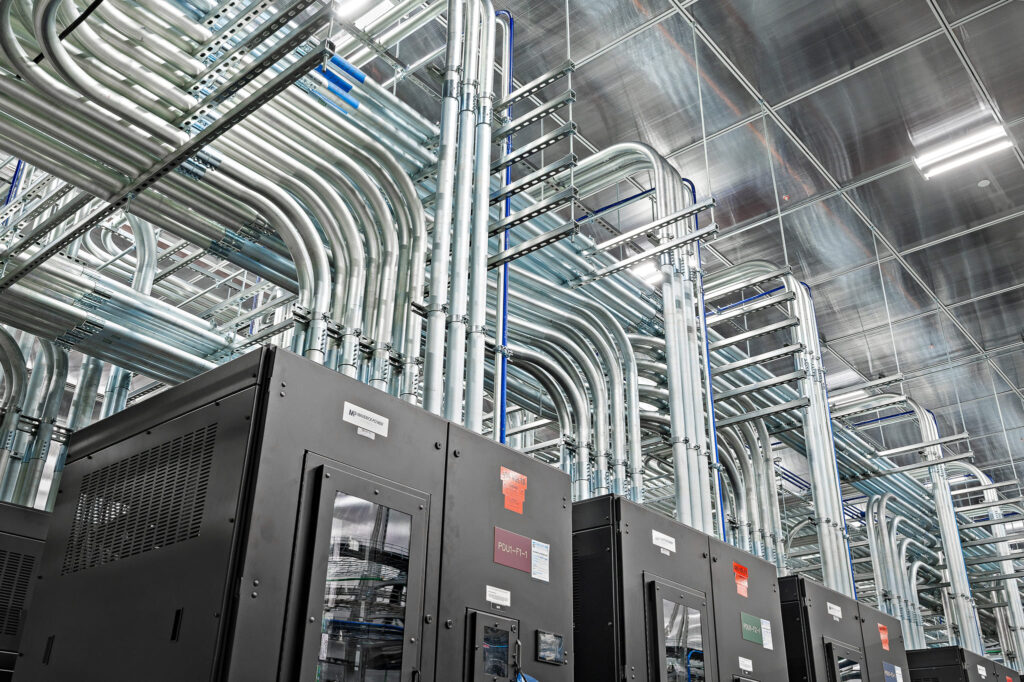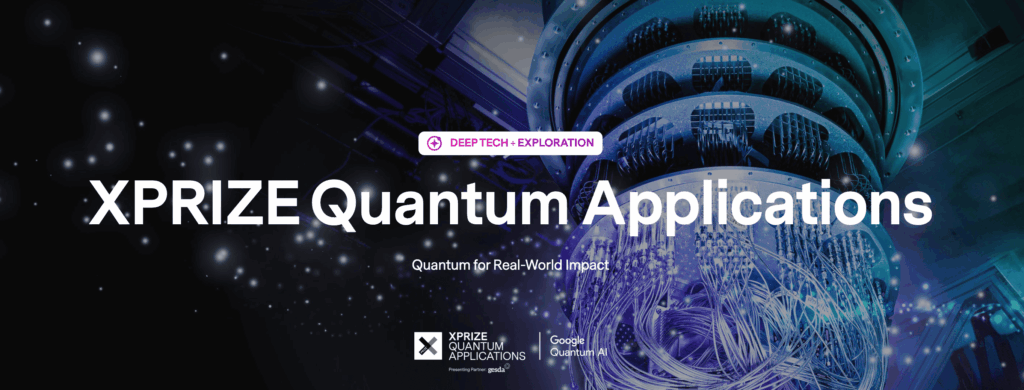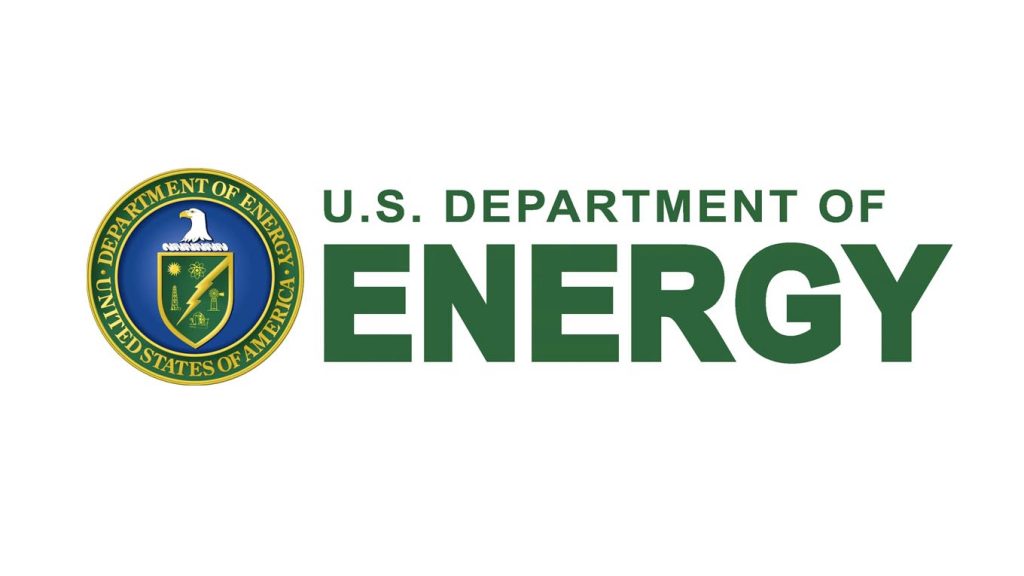
There’s been a tonne of news covering the various funds flowing into Quantum Information Science in the USA. We decided to start mapping out what is actually going on, starting with the Department of Energy.
If you are interested in access to our full report, please contact us at [email protected]
The USA National Quantum Initiative Act signed at the back end of 2018 directed the implementation of a 10-year National Quantum Initiative Program aimed at accelerating progress in QIS and technology development.

This included the specification that the Department of Energy should establish 2-5 National QIS Research Centers and allocate up to $25 million to each per year during the first five years of the initiative, a maximum of $625 million.
Here’s a summary below:
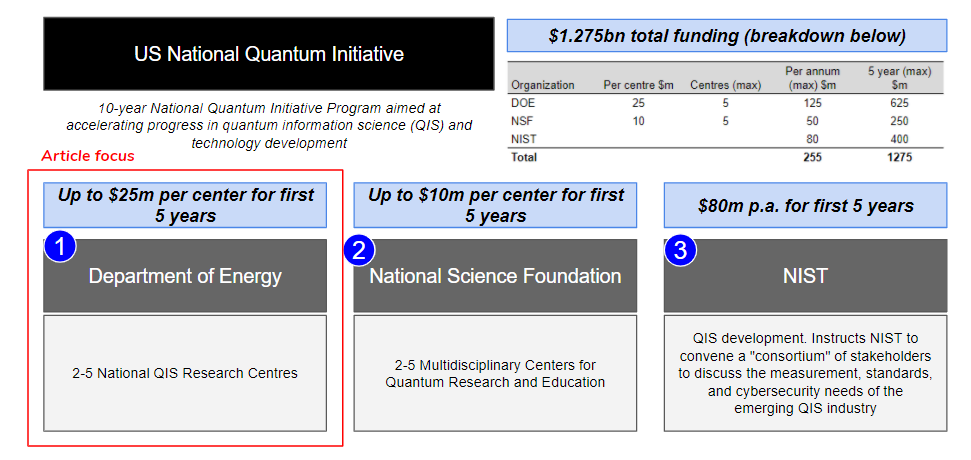
The Department of Energy has now disclosed the names and details of each centre, which we provide a summary on below. Each research centre has its own focus areas and includes partnerships with industry, other labs and academic institutions:
Q-NEXT | Next Generation Quantum Science and Engineering
Director: David Awschalom
Lead Institution: Argonne National Laboratory
Example industry partnerships: Applied Materials, Boeing
Summary mission: The Q-NEXT mission is to develop the science and technology to control and distribute quantum information. The center will develop technologies to enable secure communication over long distances using quantum repeaters; quantum sensors that will achieve unprecedented sensitivities; and processing and test beds for quantum simulators and future universal quantum computers.
C2QA | Co-design Center for Quantum Advantage
 Director: Steve Girvin
Director: Steve Girvin
Lead Institution: Brookhaven National Laboratory
Example industry partnerships: IBM
Summary Mission: Led by Brookhaven National Laboratory, the Co-design Center for Quantum Advantage is building the fundamental tools necessary to create scalable, distributed, and fault-tolerant quantum computer systems. C2QA is focussed on achieving quantum advantage for scientific computations in high-energy, nuclear, chemical and condensed matter physics. The five-year goal of the center is to deliver a 10x improvement in each of software optimization, underlying materials and device properties, and quantum error correction, and to ensure these improvements combine to provide a factor of 1,000 improvement in appropriate computation metrics.
SQMS | Superconducting Quantum Materials and Systems Center

Director: Anna Grassellino
Lead Institution: Fermi National Accelerator Laboratory
Example industry partnerships: Rigetti, Goldman Sachs
Summary mission: Achieve advances in eliminating the decoherence mechanisms in superconducting devices, with the goal of enabling construction and deployment of superior quantum systems for computing and sensing. One of the ambitious goals of SQMS is to build and deploy a beyond-state-of-the-art quantum computer based on superconducting technologies. Center researchers are also working to develop ultrasensitive quantum sensors, which aid physicists in searches for undiscovered particles and could lead to the discovery of the nature of dark matter.
QSA | Quantum Systems Accelerator

Director: Irfan Siddiqi
Lead Institution: Lawrence Berkeley National Laboratory
Example industry partnerships: Unknown
Summary mission: The alliance pursues solutions across a range of technology areas, and integrates these efforts to build working quantum computing systems. In hardware, the team are pursuing several approaches, including superconducting, trapped ion, and trapped atom quantum bits.
QSC | The Quantum Science Center
 Director: David Dean
Director: David Dean
Lead Institution: Oak Ridge National Laboratory
Example industry partnerships: Cold Quanta, IBM, Microsoft
Summary mission: QSC summarise their mission into three “thrusts”:
- Thrust 1: Quantum Materials Discovery and Development – demonstrate and control non-Abelian anyon states relevant to QIS in real materials.
- Thrust 2: Quantum Algorithms and Simulation – achieve predictive capabilities for the study of strongly coupled quantum systems, including topological systems and quantum field theories, and develop and test quantum algorithms for quantum-limited sensors.
- Thrust 3: Quantum Devices and Sensors for Discovery Science – develop an understanding of fundamental sensing mechanisms in high-performance quantum devices and sensors.
Conclusion
This represents an exciting step forward for the USA, and recognises significant progress and focus on quantum technologies globally.
The Quantum Daily has conducted a deep dive into the US National Quantum Initiative Act. If you are interested in access to our full report, please contact us at [email protected].










